American Elegance – The Cars of Elwood Engel
Posted on Feb 4, 2018 in Antique | Comments Off on American Elegance – The Cars of Elwood Engel
“Simplicity is the ultimate sophistication.” – Leonardo da Vinci
The designs of Elwood Engel can be best described as masculine American elegance. His style marked an end to the era of flamboyant ornamentation, pretentious colors and over stylized designs frequented by the designers of the 1950’s. In that time, cars were targeted to the new middle class and the American housewife. By 1960, with the influence of Engel, cars reflected the prosperity and optimism best represented by the Presidency of John Kennedy.
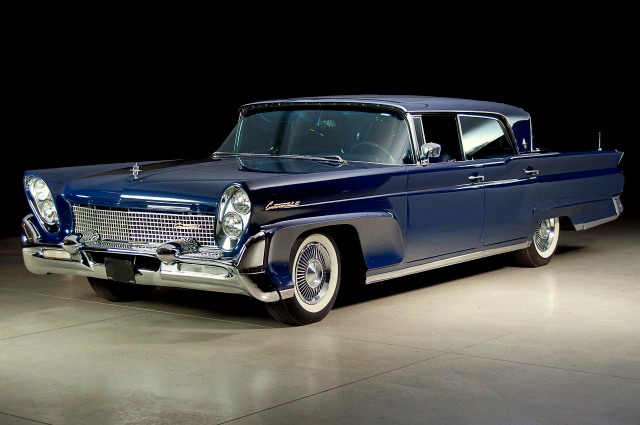
Elwood Engel started his design career working with George W. Walker, designer of the 1955 Thunderbird. Engel focused on Lincoln and Mercury cars, specifically on “wedding cake” cars like the 1958 Lincoln Continental, Premier and Capri. Known for his recycling of specific styling cues, he contributed to the formal rooflines and clean lines of these cars, and then re-used those details on other models throughout his career. For example, the roofline of the 1960 Continental Mark V is similar to the roofline for his Mercury Turnpike Cruiser and UK Ford Anglia. When he found something he liked, he stuck with it.
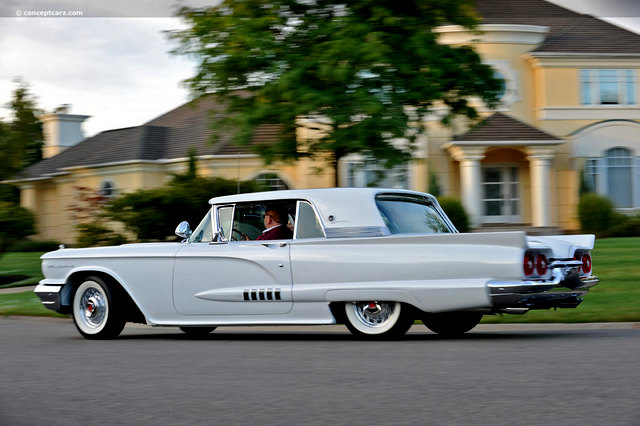
During the late 1950’s Lincoln was suffering its decennial plague of dwindling sales and elderly cars. Engel had just created the ’58 Thunderbird, recycling many design cues from the early Continental. With that success, he was asked to submit a proposal for the “all new” 1961 T-Bird. While Engel’s final design was not chosen for the new model; the grille, roofline and taillights were all his.
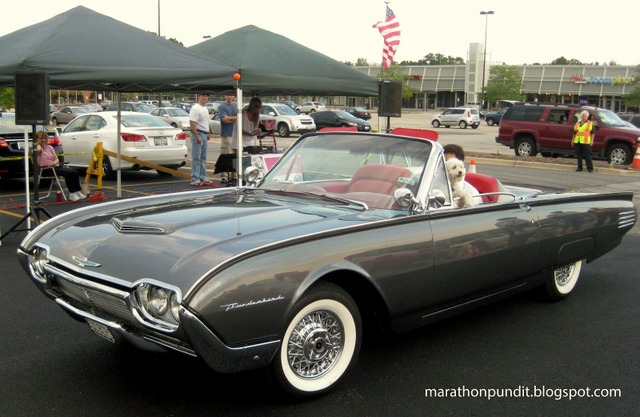
Engels design was reviewed by Robert McNamara, the new President of Ford. McNamara was convinced that the design would be perfect as a “halo” car for the Lincoln brand, and possibly save Lincoln from disaster. In the past Lincoln had survived similar near-death experiences by a savior car, and McNamara was convinced by Walker to roll the dice. Walker and McNamara were right, and the new 1961 Lincoln Continental not only saved the company, it became an icon.

The 1961 Lincoln Continental is Engel’s Magnum Opus, his “Cary Grant of Cars.” It is the representation of the time and a reflection of the tailored, successful and debonair professional American man. 1960 was the time of Chanel, Givenchy dresses, and the Brooks Brothers or Chipp suit. America emulated fashionable, respectable stars like Audrey Hepburn, Cary Grant, and Doris Day, and favored a more modern style.
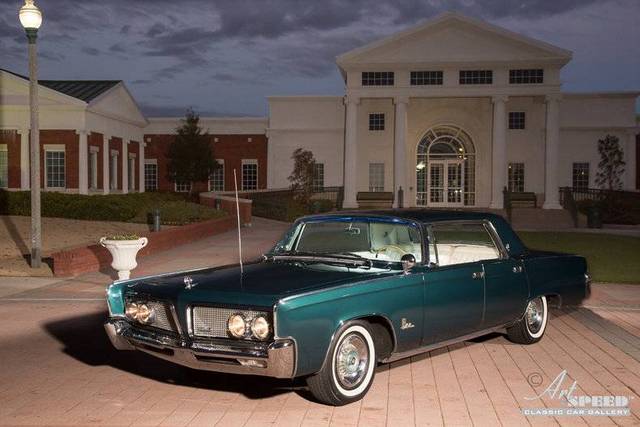
The Kennedy’s represented a new sophistication that permeated all aspects of American life, and Elwood Engel designed cars with that in mind. Engel rejected the pretentious designs of the past, yet still embraced styling cues from his previous work. He carried over the front fascia of the 1961 Thunderbird almost completely intact, and used the roofline and C-pillar from his ’58 T-Bird perfectly. There was a evolution in his new design that connected it with the past, but still loudly announced the dawning of a new age.
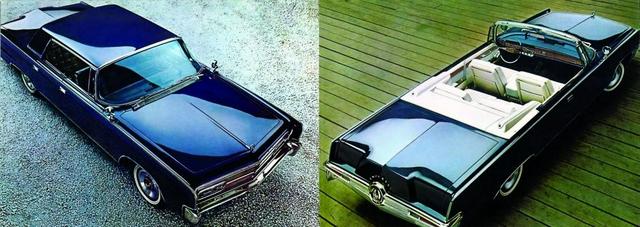
In spite of the success brought by the Continental, politics and a false reputation for playing fast and loose with his expense account meant Engel was passed over for Design Chief of Ford. With the help of Walker, he was courted by Chrysler, and eventually replaced the much maligned Virgil Exner as Chief Stylist.
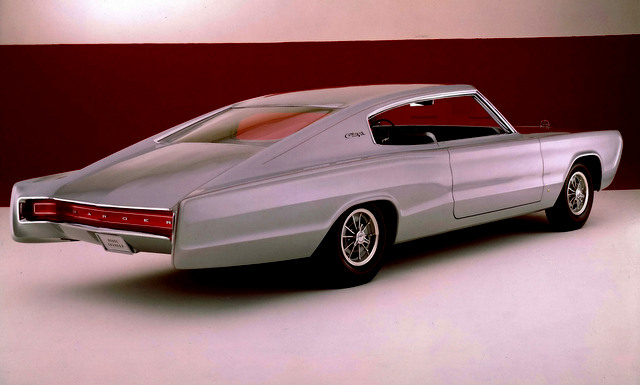
Exner favored sweeping lines, fender cutaways, fins and faux spare tire humps. His restyle of the Dodge Dart, though not his fault, turned out to be a scandal and he was forced to fall on his sword. The entrance of Engel introduced an era of long straight lines, clean designs and subtle sophistication. Engel would bring to Chrysler some of the best designs in its history, and supervise the creation of many of its most collectible and successful models.
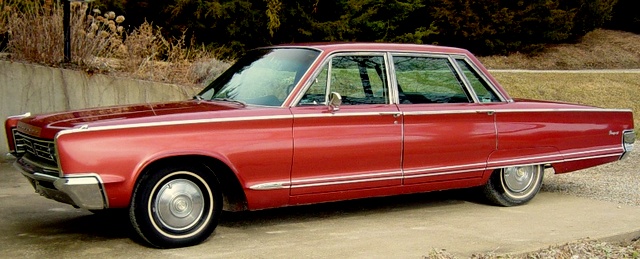
For 1964, Engel created his second masterpiece. The 1964 Chrysler Imperial was a continuation of the theme developed for the Continental, but in a more refined package. Just as the Continental was the Cary Grant of cars, the Imperial was the older, more worldly version with a touch more grey but the same grace and style.
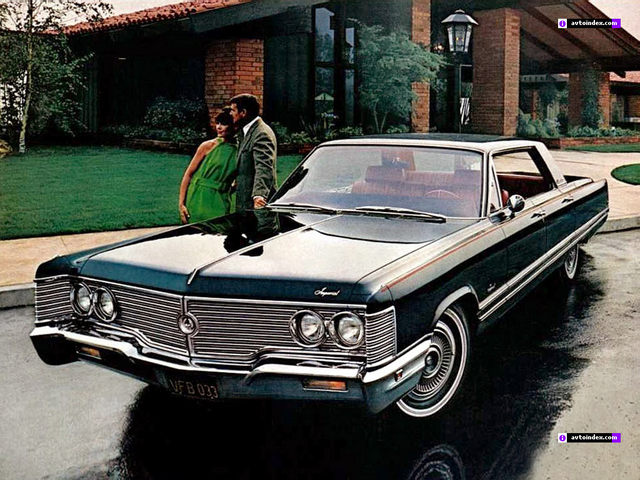
The Imperial design had lost some of the innocence of the Continental. The Lincoln was a successful young professional, but the Chrysler was the older and wiser boss. Again, Engel returned to the styling cues he loved, including slab sides, the formal roofline and a less exaggerated C-Pillar. The tire bulge on the trunk was a nod to the past, either to his work at Lincoln, or to the faux spare tires of his predecessor Virgil Exner. The split, parallelogram grille perfectly accented the lines of the tumblehome, and the overall design exuded a masculine elegance.
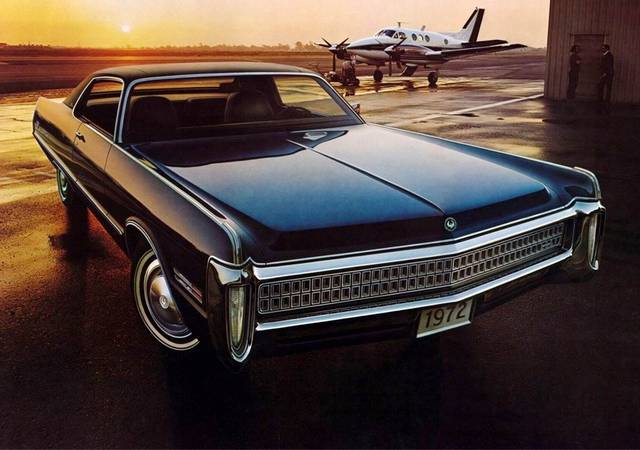
Engel re-worked the entire Chrysler lineup, using the same long straight lines, slab sides and trapezoidal rooflines. The result was a clean break from the past, and some of the prettiest designs of the era. In addition to his work on production cars, Engel designed concept cars like the Chrysler Turbine car. Dubbed the “Engelbird,” the car closely resembled his work on the 1961 Ford Thunderbird. Though the car never made it into production, it remains one of his most beautiful and innovative designs.
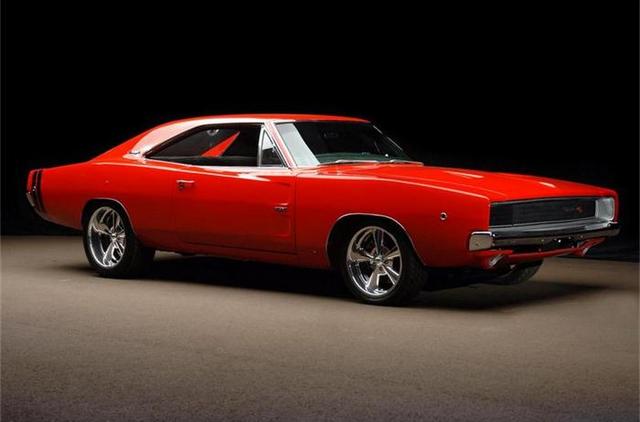
As Styling Chief at Chrysler, Engel also oversaw the design of many of the companies most popular and iconic cars. His team created the 1968-1970 Dodge Charger, again using many of the styling cues from previous models. His team also designed the iconic 1970-1972 Dodge Challenger, a car that has been reborn into the current Chrysler lineup. Engels work on the iconic Mopar “Muscle Cars” remains an enduring legacy of his talent as an automotive designer.
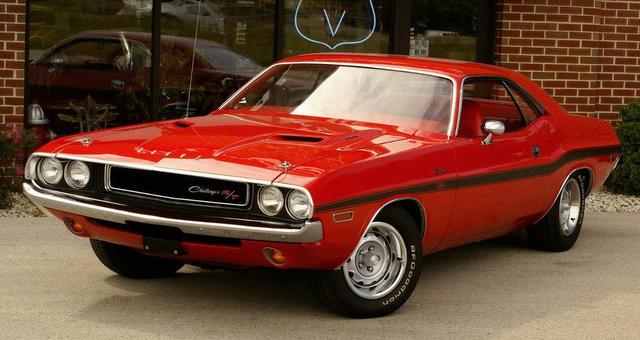
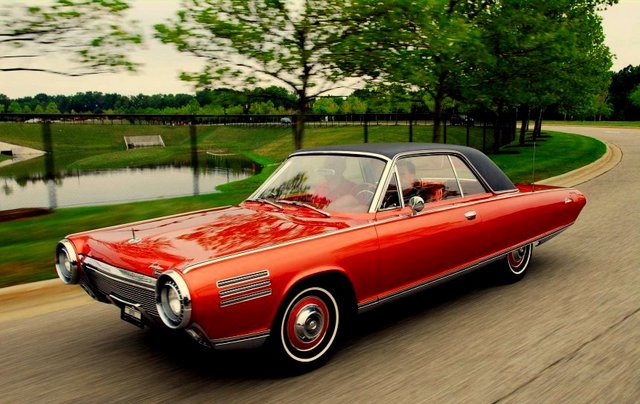





.gif)

